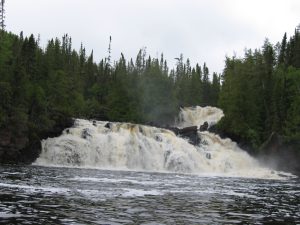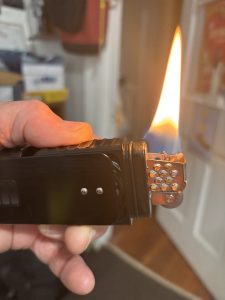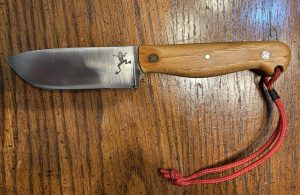
TWELVE ESSENTIALS FOR WILDERNESS CANOEING
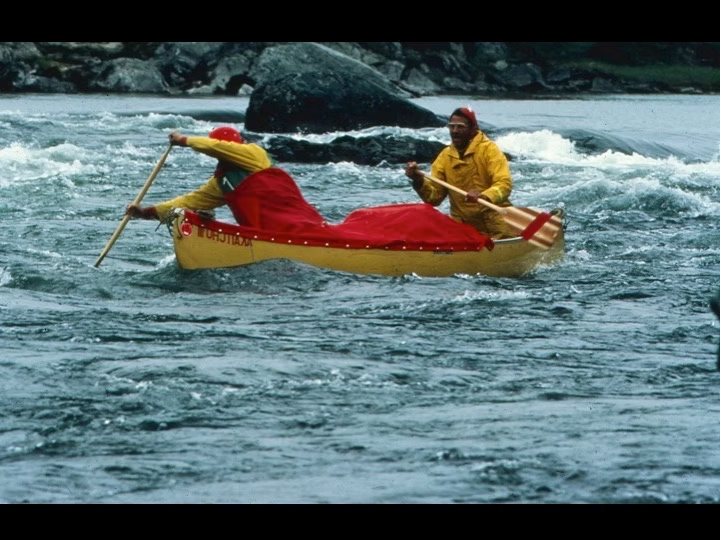
Old Town Tripper canoe. Hood River, Nunavut, Canada
Canoeing wilderness rivers in northern Canada and Alaska is the same as paddling in the lower 48, with these exceptions: the water is bitterly cold—a capsize can be serious; the rapids are often longer, wider and much more powerful; portages aren’t marked or cleared, and many dangers aren’t defined on maps.
The bottom line is that you must “get it right” the first time because there are few second chances.
Here, in no particular order, are 12 things I value most on a wilderness canoe trip that’s far off the beaten path:
1. A CAREFULLY OUTFITTED, HIGH-VOLUME, CANOE WITH SPRAY COVER. Seventeen feet is ideal; 16-footers don’t hold enough gear for a long trip and 18+ footers don’t fit well on float planes. Center depth—14-15 inches. Royalex, polyethelene and Innegra get the nod for durability and insulation from cold water. But reinforced Kevlar is fine for folks with polished skills and good judgment. High volume tandem tripping canoes lighter than about 60 pounds may not be strong enough for the abuse of wilderness travel. A padded yoke, glued-in knee pads, lining holes at cut water and 25-foot tracking lines are essential. Cooke Custom Sewing makes the best spray covers.
2. A netted tarp is essential on northern trips–that is, If you value your sanity! Rig this tarp right and it will happily withstand winds to 40 mph.

Cooke Custom Sewing (cookecustomsewing.com) netted tundra tarp. This 15 foot square model is Cliff’s favorite.
Rig it right and it will withstand winds to 40 mph.
3. TWO IDENTICAL, POWERFUL, GASOLINE STOVES. I still prefer the long gone Optimus 111B, but these ancient stoves are long out-of-production. My current favorite is the Primus Omnifuel® which runs a bit hotter than the 111B and has a simple, reliable metal pump. I’ve had bad luck with plastic stove pumps.
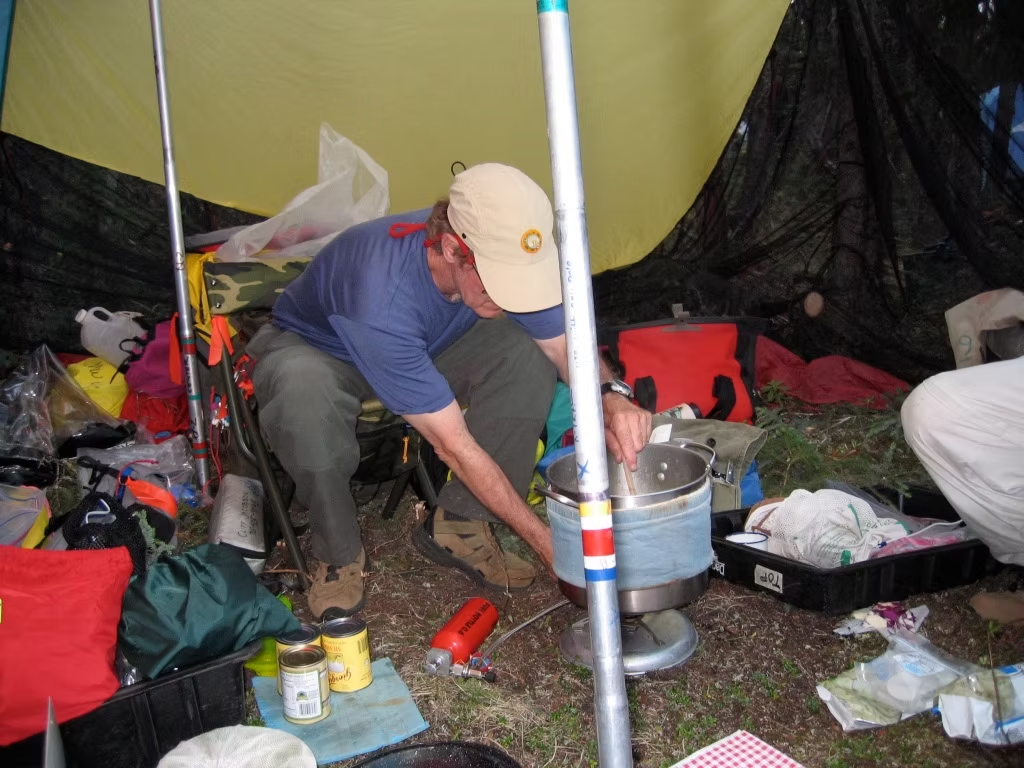
Cliff cooking. Primus Omnifuel stove. Note insulated “cozy band” on pot.
4. A BOMBPROOF TENT WITH A LARGE VESTIBULE. My favorite tent is the no longer manufactured Cannondale Aroostook, with its twin 6-foot long vestibules. It can be erected by one person in less than three minutes on a calm day. But that old tent has grown tired. A few years ago, Eureka! made a copy (Eureka Tundraline) which is no longer manufactured. Great tent but too heavy and bulky for most canoeing. My current favorite is the Hilliberg Katum–a lightweight three-pole, roomy tunnel design with twin vestibules that rigs fast even in high winds. I also like the Northface VE-25 geodesic dome which is rock stable in high winds. Its downside is that it’s slow to pitch, wet to pitch in rain, and very difficult to pitch in high winds.

Eureka! Tundraline tent, Eureka’s copy (no longer manufactured) of the wonderful Cannondale Aroostook. Incredibly stormproof and stable in winds to 60 mph, but too heavy and bulky for most canoeing. Noatak River, Alaska.
5. APPROPRIATE FOOTWEAR. I bring two pair of shoes: knee-high NRS neoprene Boundary Boots for paddling and Chota® Quetico Trekker’s for hiking and lounging. Merino wool socks (I prefer FITS) and a pair of neoprene socks as a backup. Knee-high rubber boots that fit over tennis shoes are a practical option and can be fitted with wool felt liners for severe cold.
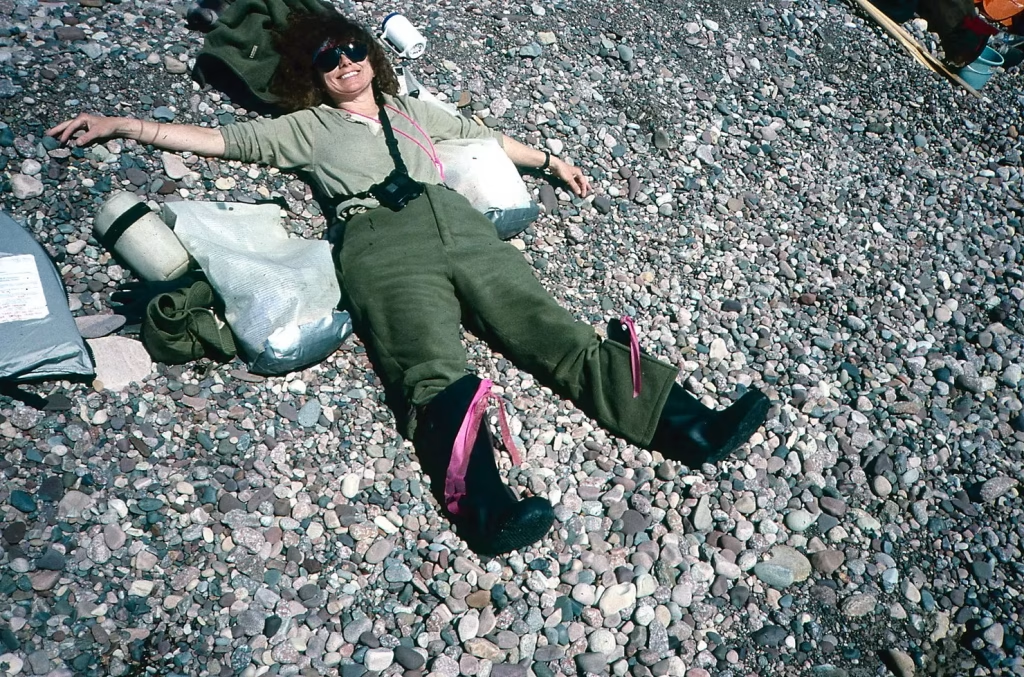
The author’s wife, Sue Harings, relaxes during a lunch break. Hood River, Nunavut, Canada.
She’s wearing “Tingley” rubber boots over sneakers. Note the high-visibility pink flagging.
6. WARM CLOTHING. Except for waterproof nylon rain gear, a porous nylon wind-parka and two pair of nylon river pants, my wardrobe consists entirely of wool: silky-soft Icebreaker® and Klar® Ullfrotte merino wool for long johns and mid-layers; a Woolrich long-sleeve shirt, and one pair of nylon-Gore-tex long (paddling) pants. I bring neoprene and woolen gloves; four hats (a Gore-tex souwester for rain, a lightweight Tilley for sun, thick wool stocking cap and a light nylon ball cap for camp).
7. KILLER RAIN-GEAR. For years I wore a heavy-duty foul weather sailing suit. Now, I’ve switched to lighter gear. When rains begin, I put on a light Marmot Precip® Gore-Tex zip jacket under my PFD. If the storm worsens, I slip a Gore-Tex Precip® anorak over the PFD. The anorak doesn’t have those awful pit-zips which leak. This twin system keeps me dry—and mobile—in any weather and the two lightweight jackets take up almost no space in a pack.
8. TOOLS TO CLEAR A PORTAGE. Minimum is a hatchet and full-frame folding saw. For remote trips within the tree line, a three-quarter axe and two saws are better. Gransfors® of Sweden (www.gransfors.com) and Council Tool (U.S.A.) (www.counciltool.com) make the best axes on the planet.
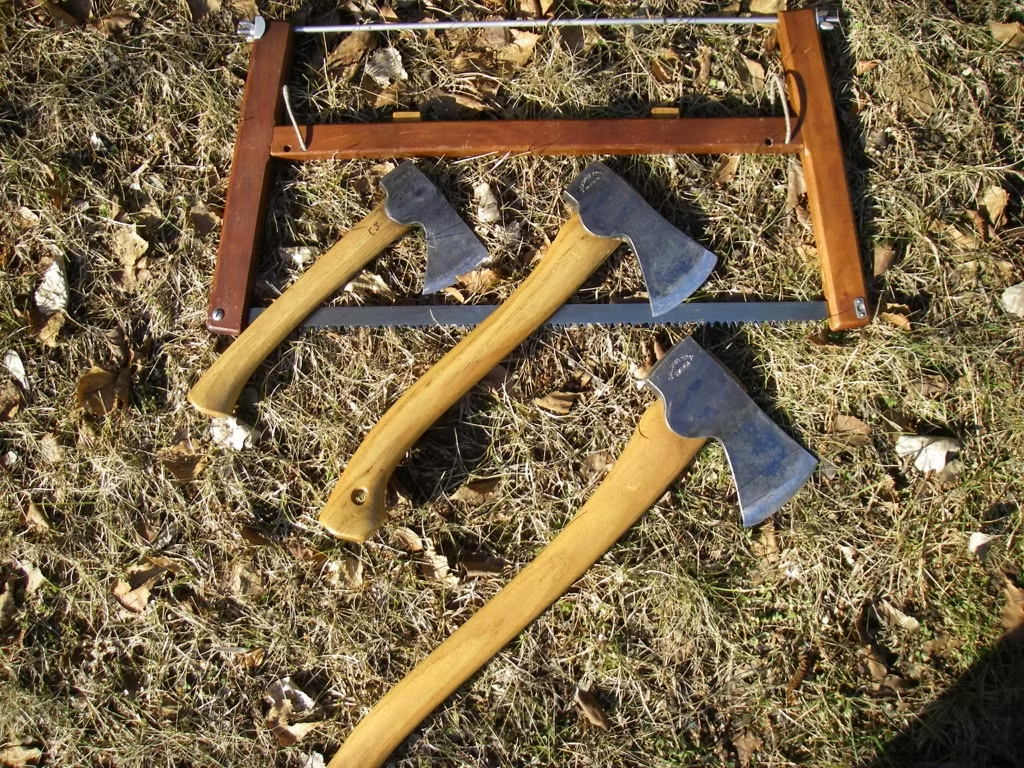
Top to bottom: Fastbucksaw (www.fastbucksaw.com), Gransfors mini-hatchet, wildlife hatchet, small forest axe.
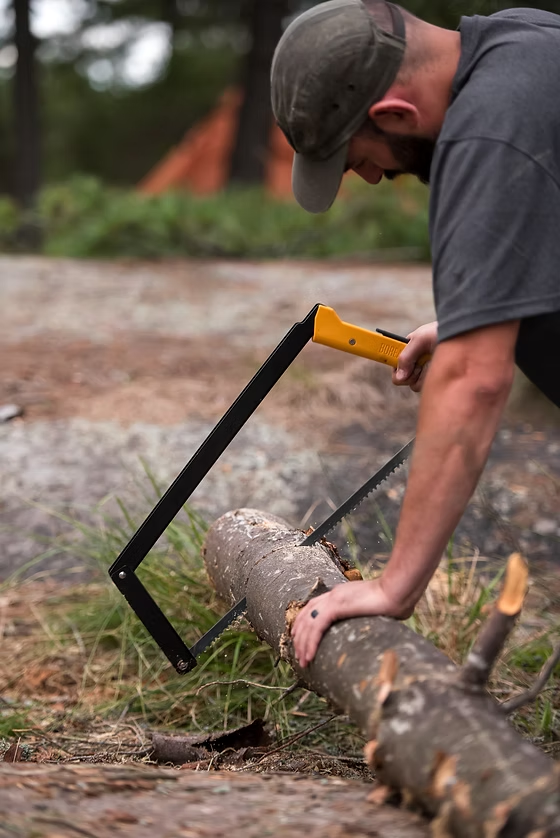
Agawa Canyon Boreal 21 folding saw: Super strong, assembles in seconds.
All toothed (no rakers!) blade.
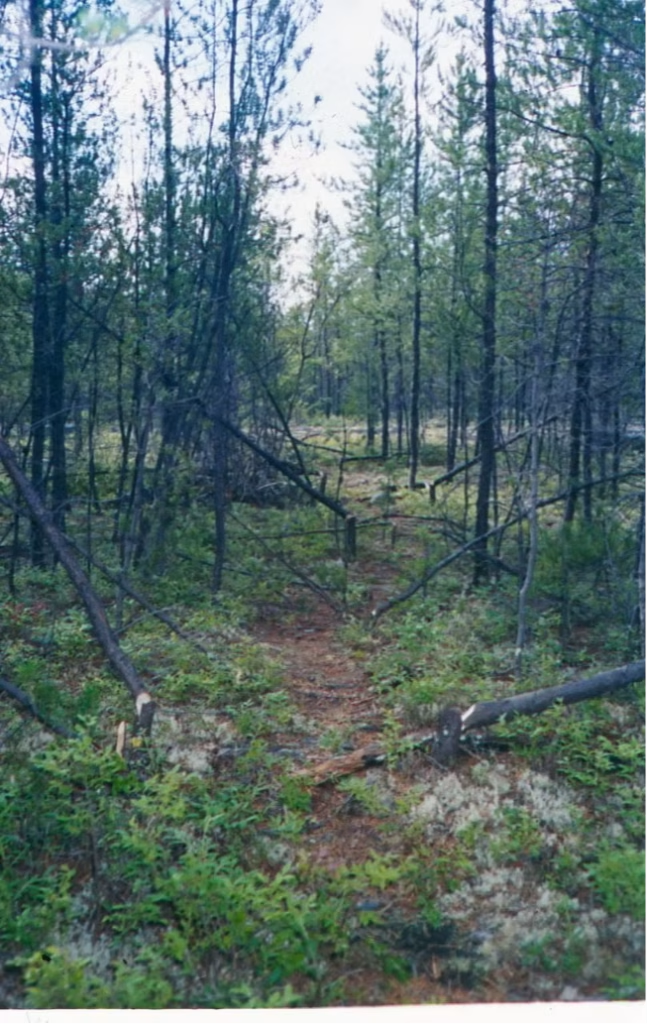
Why you need tools to clear a portage. A completely over-grown one mile portage on the MacFarland River, Saskatchewan.
9. POT COZIES (see my books, “CANOEING WILD RIVERS, 5th Edition” and “BASIC ILLUSTRATED: COOKING”) speed cooking time, keep food hot long enough for thirds, and save many times their weight in stove fuel.
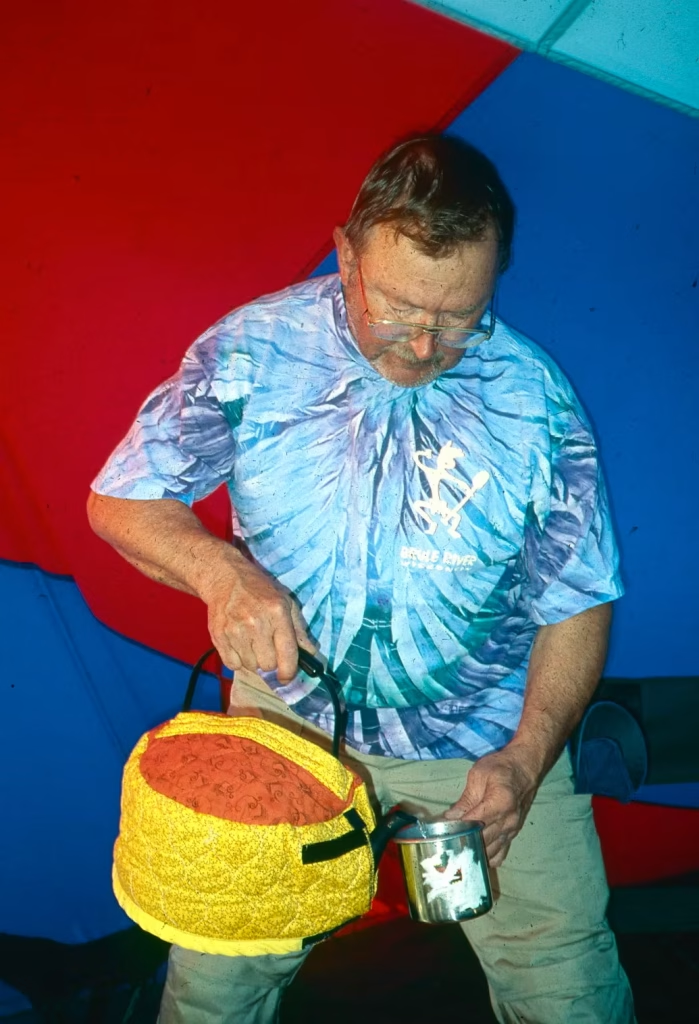
Pot cozies keep food and water hot long enough for seconds.
10. AN INSULATED MUG WITH LEASHED COVER. Plastic or stainless, your call. A cover is essential to keep in heat and keep out mosquitoes which otherwise will flood your coffee. Without a leash you’ll lose the cover.
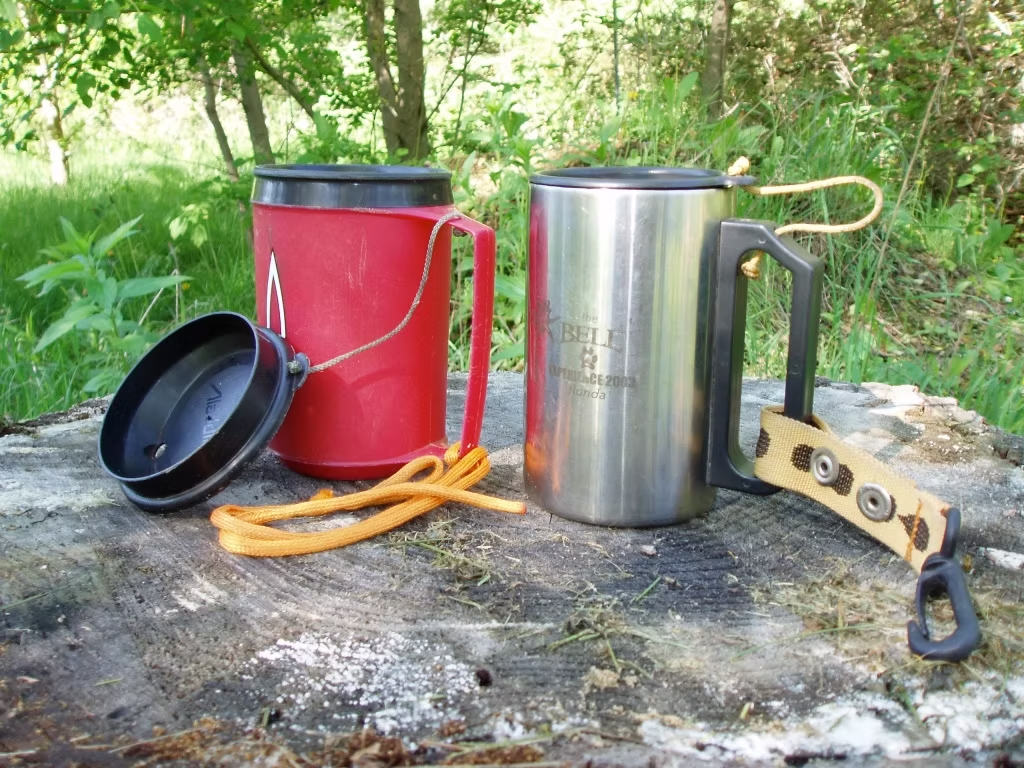
11. TWO PADDLES PER PERSON. My preference: 54″, 12-degree Zaveral carbon-fiber bentshaft for cruising, and a 56″ Zaveral (Harold Deal design) carbon-fiber white water paddle or rapids.
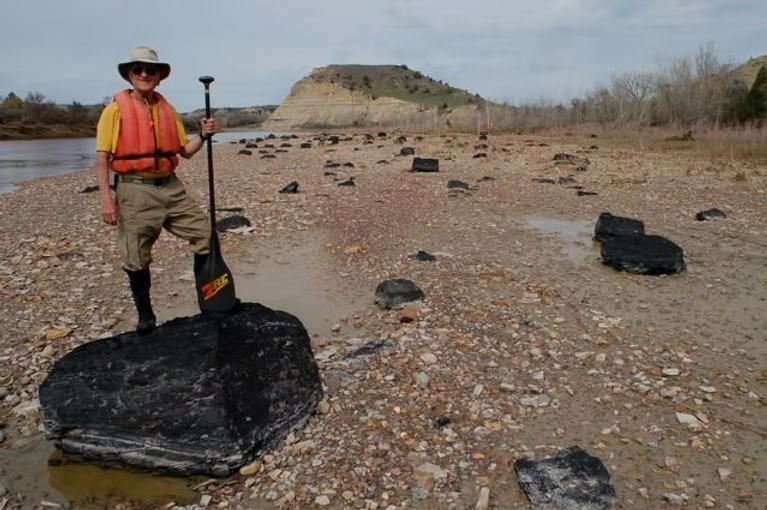
Cliff, standing on a “lump of coal.” Zaveral carbon bentshaft paddle. Little Missouri River, North Dakota.
12. A SHARP SHEATH KNIFE IN AN ABSOLUTELY SECURE SHEATH. A sheath knife is so useful and handy that I wouldn’t dream of going without it. Some paddlers just clip a fixed thick-bladed “rescue knife” to their PFD and use it for camp chores. BUT, Rescue knives have cut many more people than the very very few lives they’ve saved. And, the typical blunt-tip rescue knife is a terrible camp knife. A good sheath knife does both jobs well.*
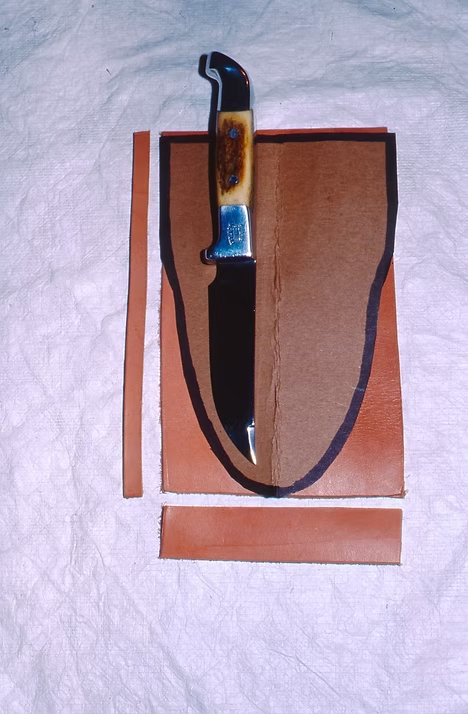
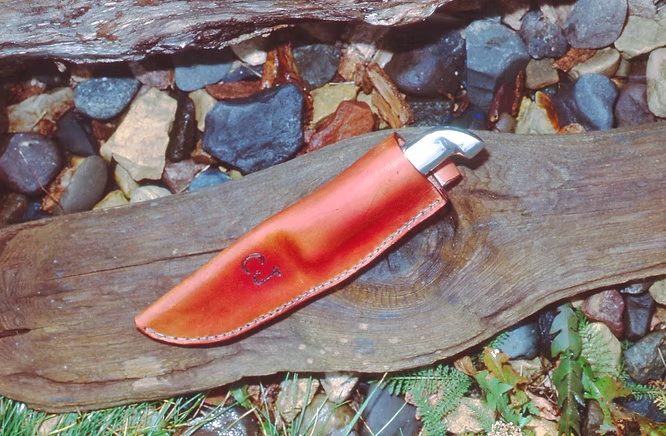
*The just- released, revised 5th Edition of my book, CAMPING’S TOP SECRETS, details how to make a fitted case-style sheath that holds your knife securely and allows instant release. Simple tools and an hour of time are all you need. Right: making the pattern.
————————————
*My flagship book, CANOEING WILD RIVERS, 5th Edition, contains a wealth of advice on how to safely canoe difficult rivers.
*My teen book, JUSTIN CODY’S RACE TO SURVIVAL! mixes a fictional wilderness survival tale with practical outdoor tips everyone should know–a first for books of this type. Adults love it too! Now available as an audio book!
My 90-minute video, THE FORGOTTEN SKILLS details the most important camping skills. If you can do them all you’ll be a hero to your friends!
